Best 5 Free Online Courses With Certificate Of Completion
When you want to get more qualifications and increase your skills, you can find many good online courses that can help you. However, you need to think carefully about your future before choosing the first one that appeared in the search results.
Despite you may have enrolled and completed many different courses that give you a wide range of skills, and despite you can still mention them on your resume, this might not be enough. After all, we live in a world where competition is the king. So, you need not only to find the best online courses for you as you need to get the proper certificate of completion. If you put yourself in the shoes of your employer, you would also like to see this kind of certificate ideally paired with a solid college GPA.. He's not taking you the credit to take some of your free time to improve your skills. But if he has the option to choose between someone who took some online courses and someone who took free online courses with certificate of completion, he will choose the second option. There's no question about it.
So, if you want to make the most out of the time you'll spend taking a free online course, you better search for one free online course with certificate.
Here are the best 5 free online courses with certificate of completion:
Here are the best 5 free online courses with certificate of completion:
#1: Udemy
Udemy is a well-known website where you can find video courses on the most diversified subjects. The courses are taught by experts in each field and you'll be able to watch the video lectures, do some quiz tests or polls, depending on the course that you choose. Some also have homework or assessments that you need to do.
Udemy allows you to buy a course but they also have free online courses with certificates. Despite not all the courses provide you with a certificate, most do. So, when you're choosing an online course from Udemy, make sure to check the details to see if you chose one that allows you to get a certificate of completion at the end.
Udemy allows you to buy a course but they also have free online courses with certificates. Despite not all the courses provide you with a certificate, most do. So, when you're choosing an online course from Udemy, make sure to check the details to see if you chose one that allows you to get a certificate of completion at the end.
#2: Coursera
Coursera is an amazing website where you can take courses at some prestigious universities like the Stanford University, for example. They cover many different topics so you can be sure that you'll find what you're looking for here.
Most courses only require that you have a computer and access to the Internet so that you can take the course as well as to make any upload of an assessment that you might need to. By searching their free online courses, you'll see that most of them are usually video lessons with quizzes and a final assessment.
Although not all free courses provide you with a certificate of completion, many do. And the best thing is that they're free.
Most courses only require that you have a computer and access to the Internet so that you can take the course as well as to make any upload of an assessment that you might need to. By searching their free online courses, you'll see that most of them are usually video lessons with quizzes and a final assessment.
Although not all free courses provide you with a certificate of completion, many do. And the best thing is that they're free.
#3: OHSC - Oxford Home Study College
At the Oxford Home Study College or OHSC for short, you can find many different courses that you might like. Their courses cover a wide range of topics and despite they're not all free, you have pretty good odds of find one that will suit your needs.
When you're looking to get a free online course with certificate of completion, the OHSC is definitely one website to check. Their high-quality courses and materials that they put at your disposal are very good. In the end of the course, you'll notice how much your skills improved in such a short period of time.
When you're looking to get a free online course with certificate of completion, the OHSC is definitely one website to check. Their high-quality courses and materials that they put at your disposal are very good. In the end of the course, you'll notice how much your skills improved in such a short period of time.
#4: Saylor
Working since 2008, Saylor's Academy is a non-profit organization with the goal to provide free courses to anyone who wants to learn. They have more than 100 different courses on the most varied subjects that you can take at your own pace, on your own schedule.
Their materials are a little different because they're curated from a huge number of online and free sources. So, you can expect the courses to be high-quality and that you'll learn everything you need. And the best of all is that they will give you a certificate of completion as you finish the course.
Their materials are a little different because they're curated from a huge number of online and free sources. So, you can expect the courses to be high-quality and that you'll learn everything you need. And the best of all is that they will give you a certificate of completion as you finish the course.
#5: Six Sigma Certification
There's no doubt that Six Sigma is becoming more and more popular every day. The fact that it allows your company to optimize its processes and improve both effectiveness and efficiency, removing all the waste, it's one methodology that attracts many business owners. However, and despite a lot has already been said about Six Sigma, the information is spread all over the Internet. If you want to access, for free, at a complete training program about Six Sigma that will also help you prepare for the different certification exams you might be considering, you should check here.
Besides learning a lot more about the Six Sigma, you'll also have the chance to get Six Sigma certification at the end of the training program.
As you can see, you have plenty of options when you're looking for the best free online courses with certificates. Taking an online course has multiple advantages, both personally as well as professionally. You can either take the course about some subject that particularly interests you or you can take one that will help you get a promotion in the new future, allow you to search for a better job than the one you currently have, it may help you if you're having problems finding your first job, or even if you needed to be out of the job world for some time, an online course may be just what you need to turn the skills you already have fresher in your memory as well as to learn new ones.
Besides learning a lot more about the Six Sigma, you'll also have the chance to get Six Sigma certification at the end of the training program.
As you can see, you have plenty of options when you're looking for the best free online courses with certificates. Taking an online course has multiple advantages, both personally as well as professionally. You can either take the course about some subject that particularly interests you or you can take one that will help you get a promotion in the new future, allow you to search for a better job than the one you currently have, it may help you if you're having problems finding your first job, or even if you needed to be out of the job world for some time, an online course may be just what you need to turn the skills you already have fresher in your memory as well as to learn new ones.
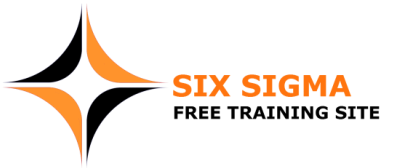








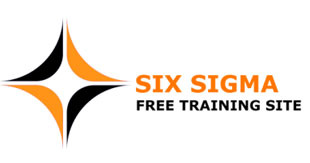

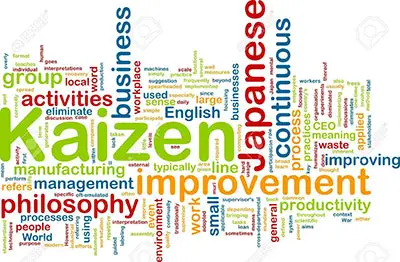
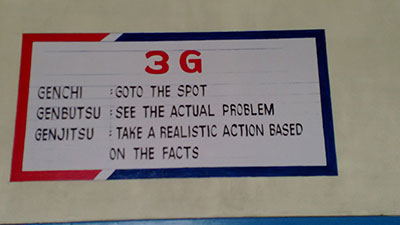


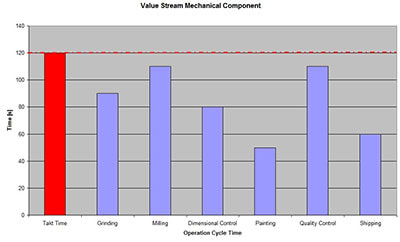
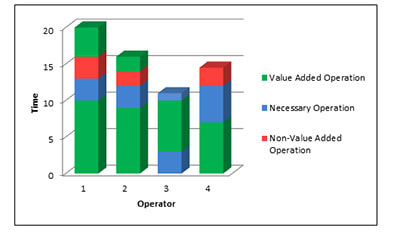
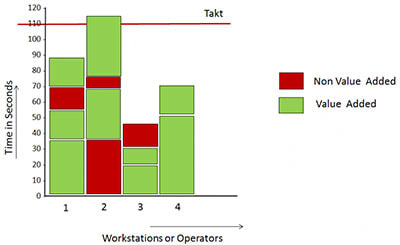
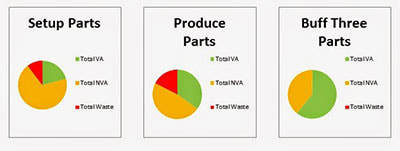




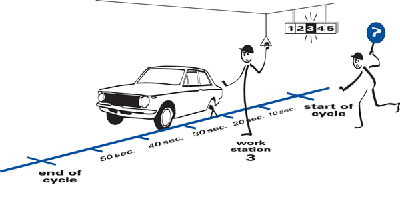
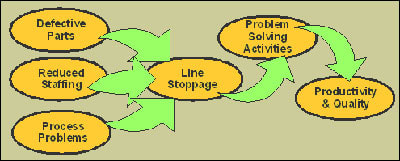

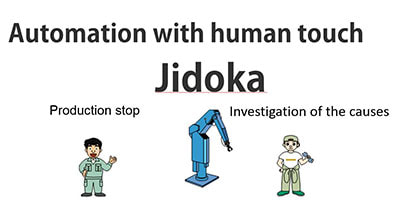



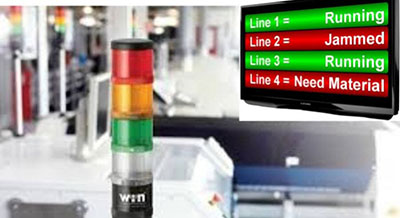
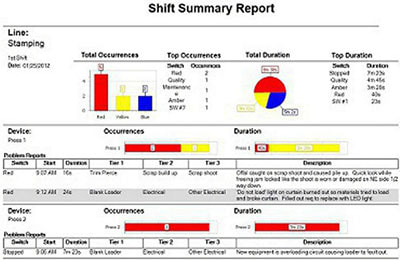
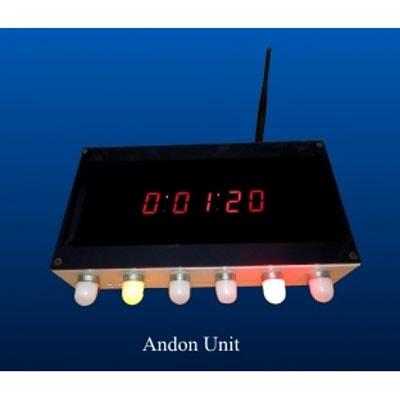

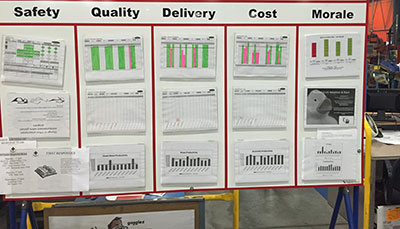

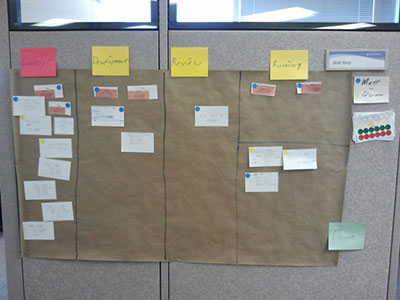

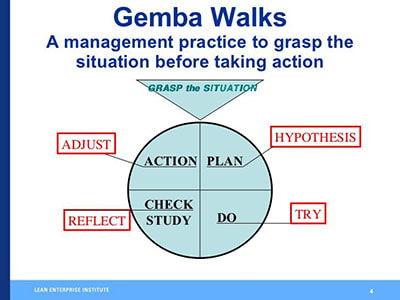




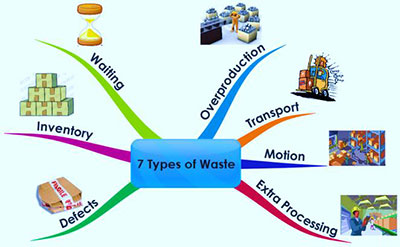

 RSS Feed
RSS Feed